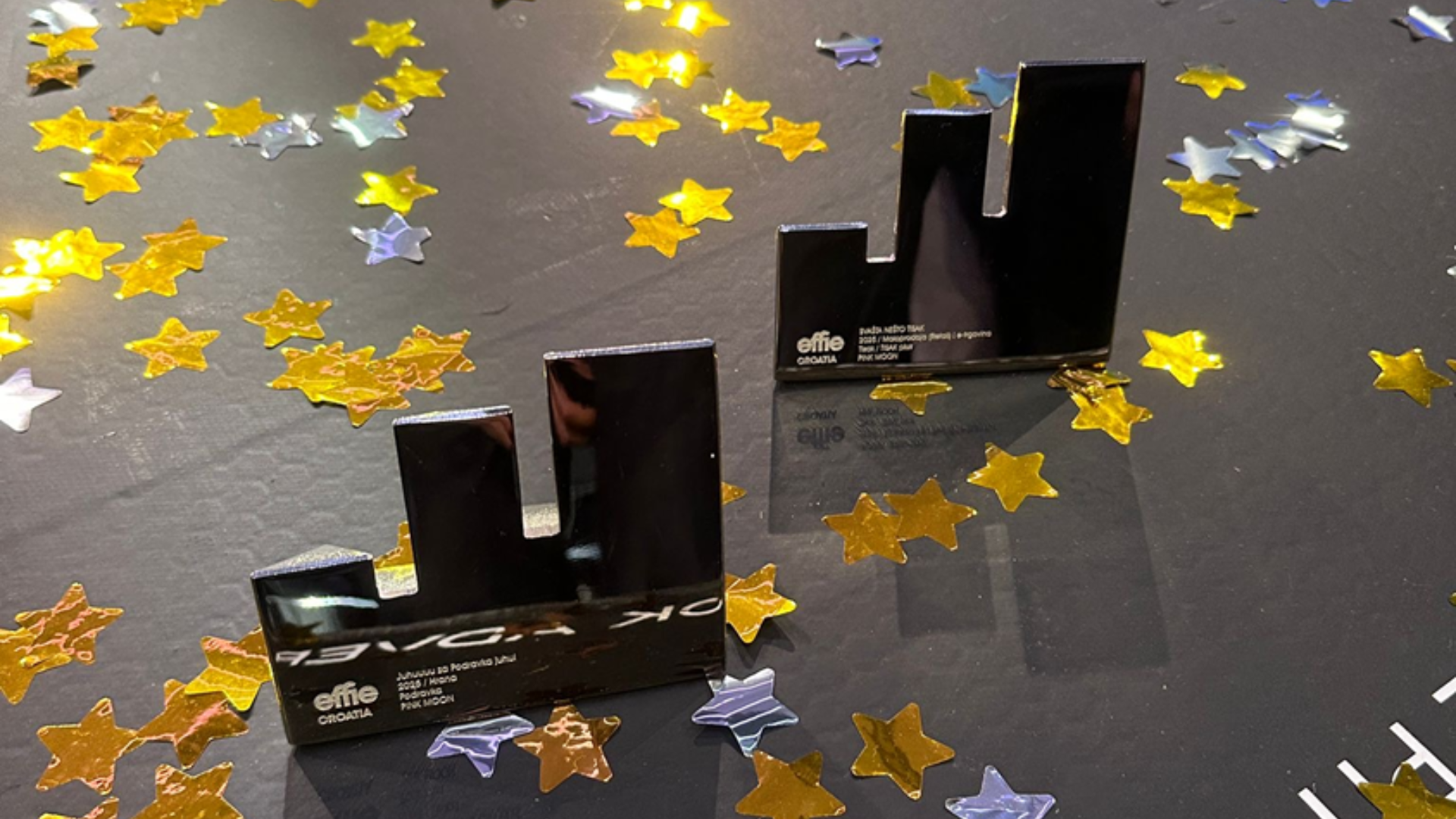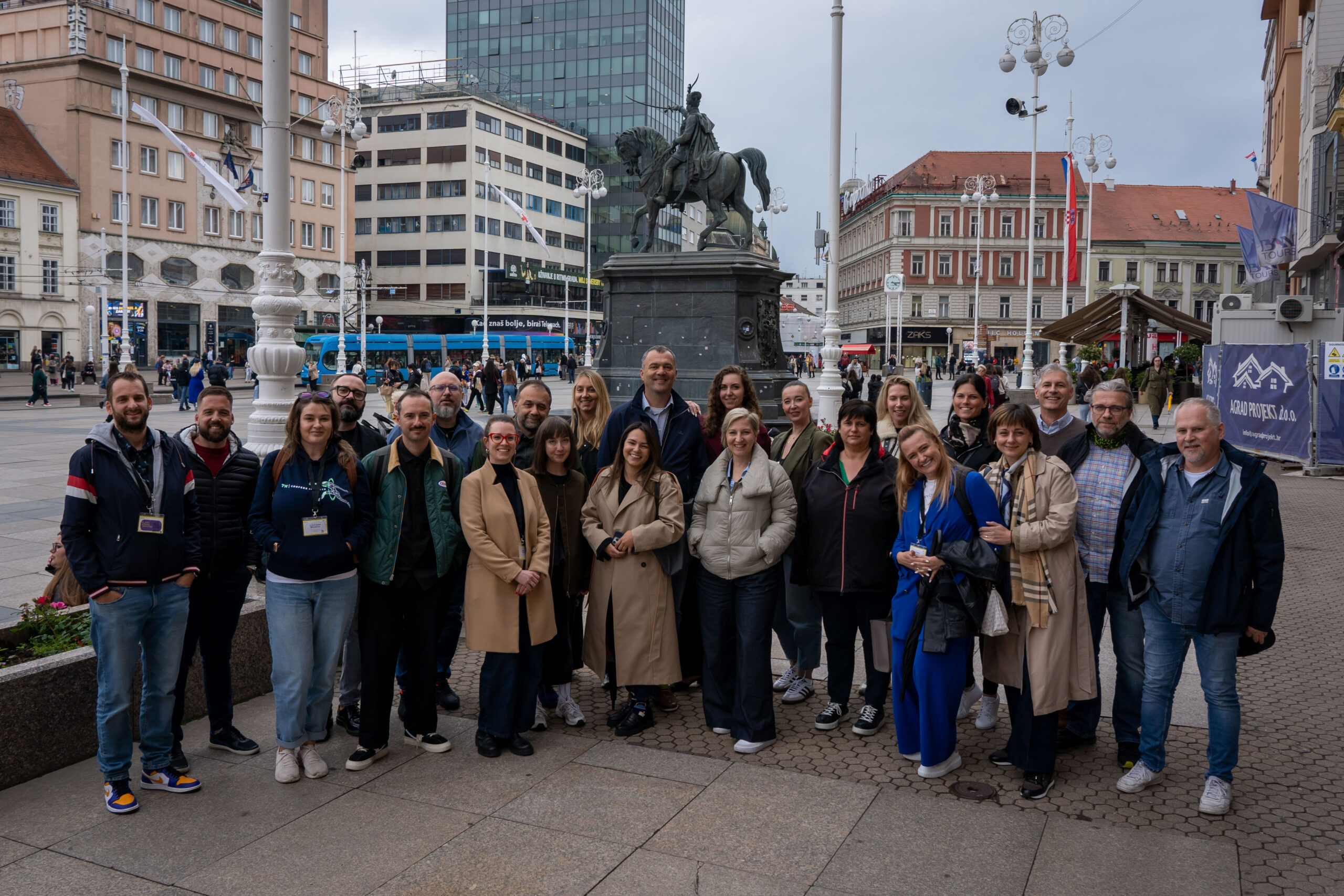Data scientists are becoming increasingly valuable assets for organizations. To such an extent that the Harvard Business Review dubbed the occupation "The Sexiest Job of the 21st Century", meaning that data scientists have rare qualities that are much in demand.
With big data revolution on the rise, sales, logistics, customer service, employee performance and all other fields that drive businesses are churning out information in unprecedented volumes. What makes this new breed of professionals so treasured for companies is their capacity of identifying the most exciting pieces of this virtually infinite data flow and their talent to combine figures in unexpected ways, making discoveries that bring value to the business.
However, their innovative attitude towards structuring data and creating insights is not the only aspect that sets them apart from traditional quantitative analysts or data management experts. Numbers alone are not sufficient to convey the message to the end user. That is why data scientists are now expected to be storytellers as well. To ensure that their findings have a chance to influence, transform and improve organizations, they have to engage the audience through compelling stories. So being a good data storyteller is a science as well as an art.
https://youtu.be/IIMHicxQ0LY
Tips from data storytelling experts and some examples of great storytelling with data
Beside a set of skills, a deep understanding of the business and the end user, data storytellers in organizations – like professionals in any other complex field – have a specific know-how. These are some of the rules that help them create fresh, entertaining and relevant stories focused on business intelligence:
- Understand the business problem to define the question and why it matters to the business. Your story always has to be relevant to have an impact on the organization.
- Present the impact the solution will have – or has already had – on the company. If the story is not related to the past or future of the company, it will not lead the audience anywhere – and thus makes no sense.
- Use data for storytelling that impact the key metrics of the organization. New metrics may be introduced if they have the potential to be game changers.
- A perfect understanding of the business environment is crucial to effectively measure the impact of the story.
- Look at all data available and study the implications from as many perspectives as possible. All parties can be affected – executives, customers, suppliers, partners, etc. – so take all viewpoints into consideration, both internal and external.
- Before presenting the solution, identify any obstacles of acceptance or understanding.
- Never settle for the easy answer or solution. Looking at data is a process to find the best solution possible. Like any great story, it takes time, energy and patience to select the right information.
- Data modelling is a continuous process and thus a recurring job. The data science team must keep questioning the data to find answers to unanswered questions.
- Choose the right tools, for both visualizing and modelling, to make the story as easy as possible to comprehend.
- The story must fit the audience. ‘One size fits all’ narratives never work – executives need a different format, length and quantity of details than employees at operational levels.












